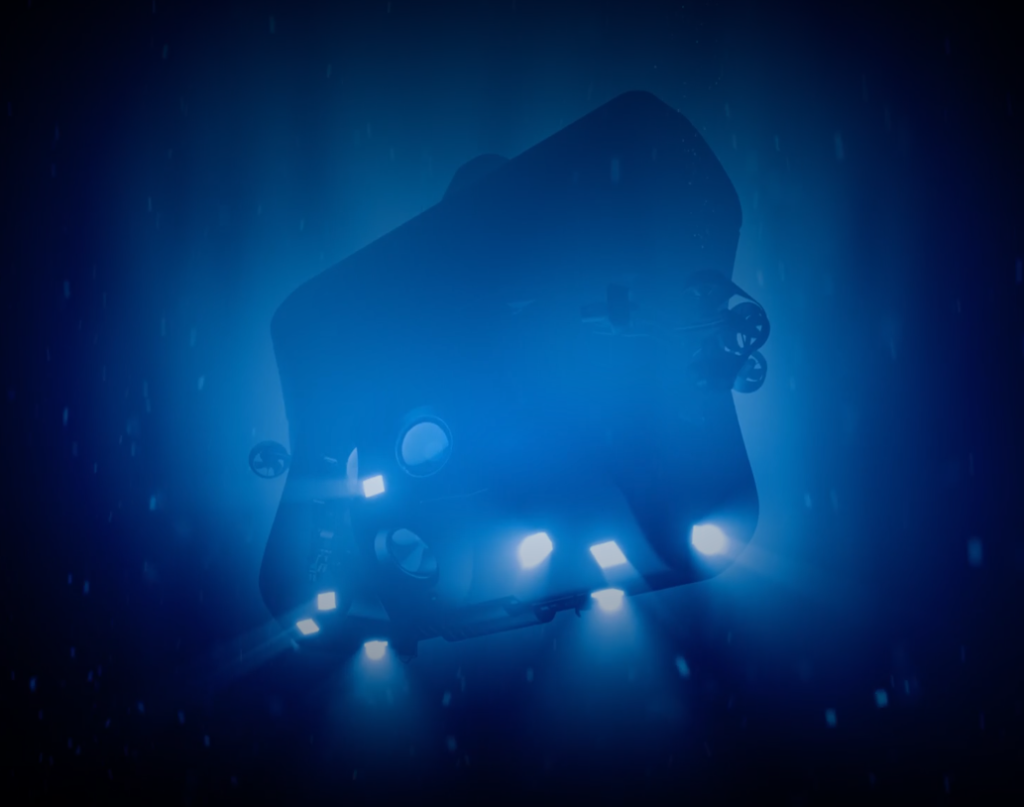
On a scorching day in downtown Phoenix, when the temperature soars to 115°F or higher, heat becomes a lethal force. Sunshine assaults you, forcing you to seek cover. The air feels solid, a hazy, ozone-soaked curtain of heat. You feel it radiating up from the parking lot through your shoes. Metal bus stops become convection ovens. Flights may be delayed at Sky Harbor International Airport because the planes can’t get enough lift in the thin, hot air. At City Hall, where the entrance to the building is emblazoned with a giant metallic emblem of the sun, workers eat lunch in the lobby rather than trek through the heat to nearby restaurants. On the outskirts of the city, power lines sag and buzz, overloaded with electrons as the demand for air conditioning soars and the entire grid is pushed to the limit. In an Arizona heat wave, electricity is not a convenience, it is a tool for survival.








